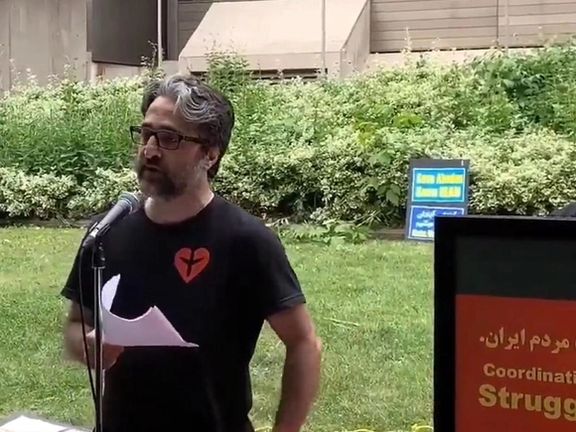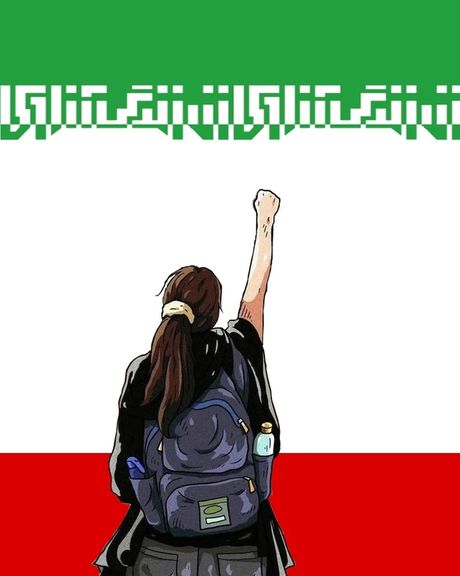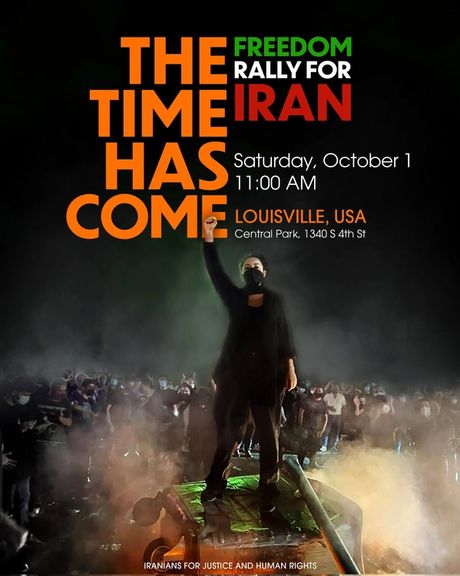Iranians Plan Global Protests For October 1, Buoyed By Support

People in Iran and abroad have planned worldwide protests on Saturday against the Islamic Republic after two weeks of rallies sparked by the death of Mahsa Amini.

People in Iran and abroad have planned worldwide protests on Saturday against the Islamic Republic after two weeks of rallies sparked by the death of Mahsa Amini.
Spearheaded by Hamed Esmaeilion, the Canada-based spokesman for the families of victims of Ukrainian flight PS752, shot down by Iran in January 2020, the worldwide protests are scheduled to be held in many capitals of the world as well as many other cities. Demonstrators will congregate outside the Islamic Republic’s embassies on Saturday, October 1.

Iranians have never experienced such unanimity and unity for a common goal, which seems to be the collapse of the regime in Tehran. This time the protests in Iran are not limited to a specific geographic location or a social group such as teachers, retirees or the urban poor.
Since the death of the 22-year-old Mahsa Amini in custody of the hijab – or so-called morality police -- daily protests in Iran have continued while the authorities keep threatening the people and increasing repression against protesters and celebrities.

Revolution in the Fall
Late-September is when students go back to classes in Iran, but this fall they are on strike and going out to streets. Hundreds of university professors have also announced they would not hold classes unless all their detained students are freed. Prisons are getting more crowded every day as authorities arrest more protesters.
In a video posted on Twitter Wednesday, a truck driver said some drivers have been on strike for three days but have not been able to inform others of their call to strike due to internet disruptions by the government. On Thursday, the coordination council of oil industry workers issued a statement saying they would go on strike if suppression of protesters and arrests continue.
The officials, who only refer to the protests as “riots” and blame “foreign enemies”, claim that ‘rioters’ are back in their homes, and all is quiet now after they arrested some of the “leaders of the riots” and threatened to take action against celebrities many of whom have published posts on social media supporting the protesters’ cause and condemning violence against them.
The head of the country’s police said in a statement this week that the security forces will keep defending the Islamic Republic “until the last moment,” which implies that they are envisioning their last moment of resistance against the popular protests.
However, some things are different about the current wave of protests that the regime does not seem to be able to outmaneuver with the same propaganda and crackdown tactics it has used before.
Protesters, especially Generation Z, are hopeful that they can change the regime. Their voices have never been heard like this before. The Persian hashtag in support of the protests following the death of Mahsa Amini has been retweeted over 150 million times, and still counting, a feat that is far beyond the capabilities of a single country or a solo mindset. The entire world has helped in achieving this number and now the world seems to be watching and awaiting the result.

Global support
More and more international figures including politicians, celebrities, artists, literati and intellectuals have been voicing their support for the Iranian protests. European leaders and politicians are talking about joint punitive measures against Tehran; US Democrats and Republicans have found common ground in their support for Iranian people; Beliebers (Justin Bieber fans) and rock fans joined the chorus; Slovenian philosopher Slavoj Žižek and American thinker Noam Chomsky are of the same opinion that the women in Iran have inspired the world; and different hacktivist groups are also backing the revolution in cybersphere.
Even different Iranian opposition groups -- from supporters of the exiled opposition group Mujahedin-e Khalq Organization (MEK) to the admirers of Iran’s exiled royal family, from Kurdish groups to secular democrats – are supporting the Iranian peoples’ cause this time.
Several US officials, including the White House Security Advisor Jake Sullivan, have admitted that the last time Iranians rose up against the regime following the rigged election in 2009 – the so-called Green Movement – Washington was not prepared for support but now they want to be ready for change and have their contingencies in place.
Since 2009, almost everything has become worse for Iranians, such as inflation, brain-drain and personal freedoms. Iranians do not see any hope in the future of the Islamic regime, and are hopeful for a better future in a country not at war with the free world.